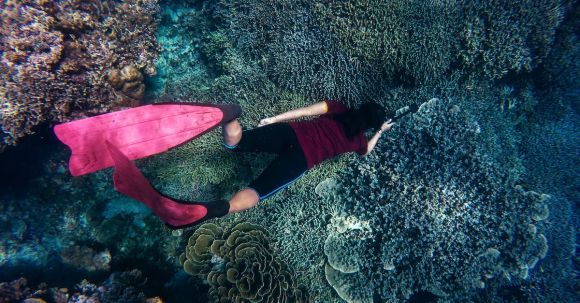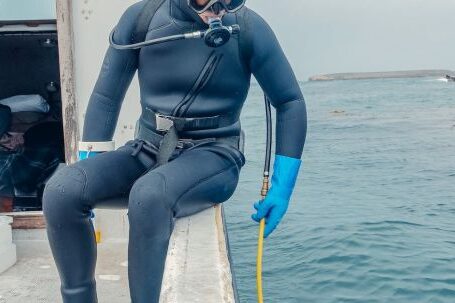Underwater cave diving is a thrilling adventure that allows you to explore hidden worlds beneath the surface. However, it is also a dangerous activity that requires proper training and equipment. One essential tool for safe cave diving is a cave line, a strong and durable rope that helps guide divers through the complex maze of underwater caves. In this article, we will explore the importance of using a cave line and how it can enhance your cave diving experience.
Navigating the Underwater Maze
Underwater caves can be treacherous to navigate, with tight passageways and confusing twists and turns. Without a cave line, divers risk getting lost or disoriented, which can be a life-threatening situation. A cave line is like a lifeline, providing a clear path for divers to follow and ensuring they can find their way back to the entrance. It acts as a guide, leading divers through the cave system and marking important points such as exits, intersections, and potential hazards.
Enhancing Safety
Safety should always be the top priority when engaging in any underwater activity, especially cave diving. A cave line plays a crucial role in ensuring the safety of divers by providing a reference point and preventing them from straying too far from the designated route. In case of an emergency or low visibility, the cave line serves as a reliable guide that divers can follow to reach safety. It also aids in communication between divers, as they can use hand signals or tugs on the line to alert each other of potential dangers or the need to return to the surface.
Choosing the Right Cave Line
Not all cave lines are created equal, and it is essential to choose one that is suitable for the specific cave diving conditions you will encounter. Factors to consider when selecting a cave line include its length, thickness, and visibility. Longer cave lines are necessary for larger cave systems, while thicker lines are more durable and can withstand the challenges of cave diving. Opting for a highly visible line, such as one with bright colors or reflective properties, can also aid in navigation and ensure easier visibility in low light conditions.
Proper Cave Line Techniques
Using a cave line requires proper training and practice. Divers must learn how to tie knots, secure the line to fixed points, and use line markers to indicate important features along the way. It is essential to maintain tension on the line while diving to prevent entanglement or accidental detachment. Regularly checking the line for damage or wear is also crucial to ensure its reliability.
Respecting the Environment
Cave diving is not only an exhilarating experience but also an opportunity to explore delicate ecosystems that thrive in these underwater caves. It is vital for divers to respect the environment and minimize their impact while using a cave line. Avoid touching or disturbing the cave walls, as they can be home to fragile formations or nesting sites for marine life. By practicing responsible diving techniques, we can help preserve these unique environments for future generations to enjoy.
Conclusion: Embrace the Adventure with Safety in Mind
Underwater cave diving is a captivating activity that allows us to venture into uncharted territories and witness the wonders of the underwater world. However, it should never be taken lightly. By using a cave line, divers can explore these underwater caves safely and confidently, knowing they have a reliable guide to lead them through the maze-like passageways. Remember, safety should always be the priority, and with the proper training, equipment, and respect for the environment, you can embark on this thrilling adventure with peace of mind.





